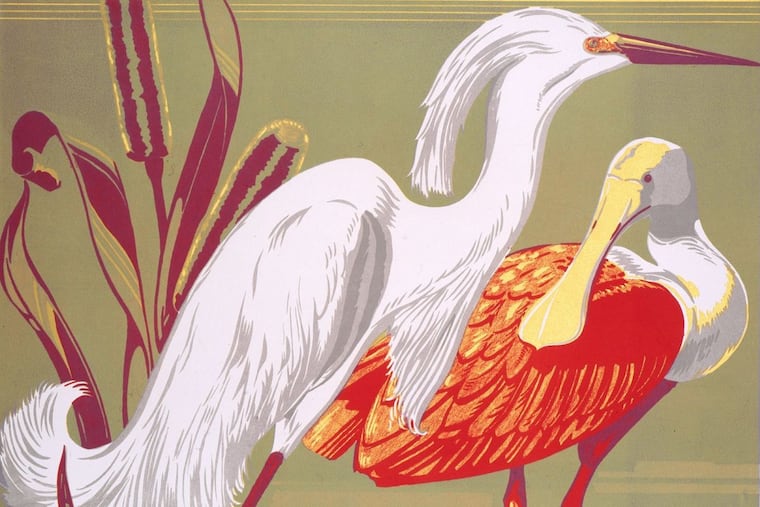A city of firsts - including the Philly zoo
During its first year of operation, the zoo attracted 228,000 visitors, roughly 50 percent of Philly's population at the time.

Philadelphia is a city of firsts. It is the nation's first planned city, thanks to the vision and efforts of William Penn. It furnished the United States with its first hospital (Pennsylvania Hospital), as well as its first soda (Dr. Physick) — somewhat ironically advancing the treatment of illness while also contributing to its causes.
The city also broke ground by incorporating the nation's very first zoo.
Situated on the west bank of the Schuylkill, the Philadelphia Zoo emerged from American interest sparked by the opening of the London Zoo in 1847.
Philadelphia was an ideal spot. Despite the relocation of the federal government to Washington in 1790 and New York City's steady ascent as a densely populated metropolis throughout the 19th century, Philadelphia remained a cultural and intellectual center, no doubt aided by its numerous scholarly organizations with roots in the nation's founding.
Many of the key organizers of the Philadelphia Zoological Society — the group that founded the zoo — were influential figures in the city's intellectual and scientific organizations. William Parker Foulke, who belonged to the Academy of Natural Sciences and the Historical Society of Pennsylvania, added some star power to the zoo's founding committee, having uncovered the first complete set of dinosaur bones discovered on U.S. soil in 1858.
Of the 36 members who founded the Zoological Society, though, William Camac was the most consequential. Camac traveled extensively through Europe during the 1850s, taking inspiration from the zoos popping up around the continent, including London's, which had captured imaginations on both sides of the Atlantic.
The state legislature granted a nonprofit charter for the Philadelphia Zoological Society on March 21, 1859, and Camac became its first president.
Equipped with a knowledgeable leadership and the legal right to fund-raise, the society was ready to get started. Then the Civil War broke out. This derailed the society plans until July 1, 1874, when the zoo finally opened its doors to the public.
During its first year of operation, the zoo attracted 228,000 visitors, roughly 50 percent of Philly's population at the time. The institution benefited from its unrivaled collection of animals, which numbered 616, as well as its accessibility; the zoo had its own railroad station and a dock that received ferries at 15-minute intervals. The city completed construction of the Girard Street bridge just days after the zoo's grand opening.
From the beginning, the zoo attracted praise from the public for its entertainment value and accolades from scientists for its advancement of zoology. It housed the Smithsonian's animals until Congress founded the National Zoo, and in 1901 was the first zoo in the world to build its own on-site veterinary facility. It achieved a number of firsts in the field of captive breeding, including chimpanzees and orangutans in 1928, and cheetahs in 1956.
Throughout the second half of the 20th century, the zoo turned its focus to education and conservation, culminating in its current status as a global innovator among zoos. This is best exemplified by its Zoo360 trails, which provide animals greater space to navigate, and its dedication to educational accessibility for all children.
Patrick Glennon is a communications officer at the Historical Society of Pennsylvania. pglennon@hsp.org